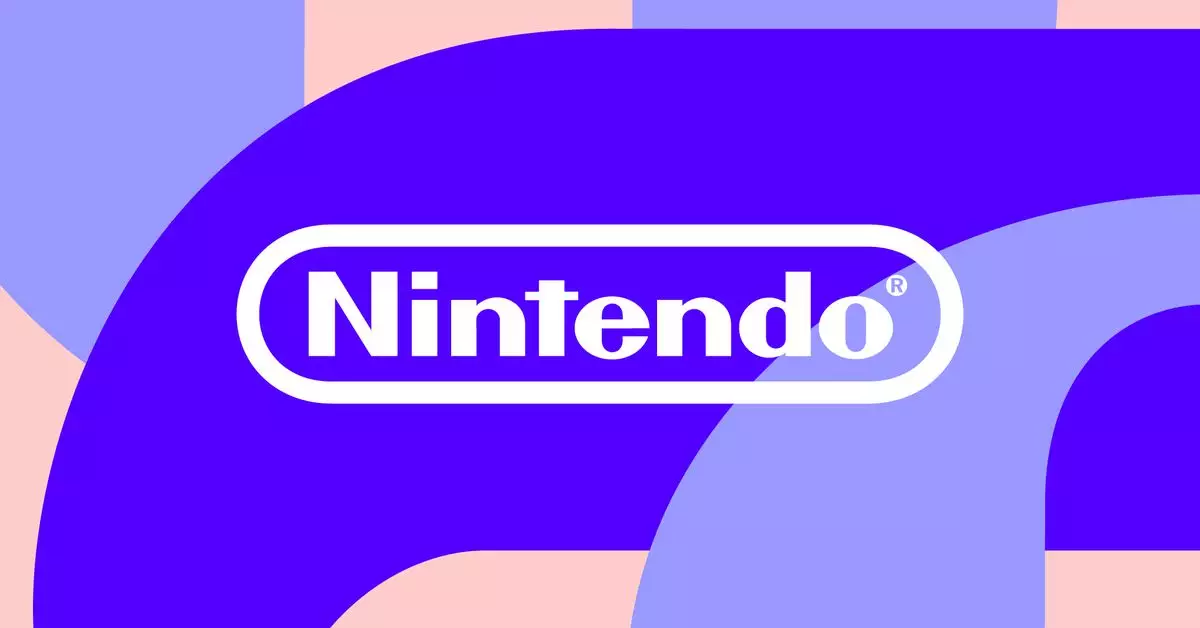For decades, Nintendo has captivated gamers not just through gameplay, but through its mesmerizing soundtracks. However, the release of Nintendo Music, a dedicated app for streaming Nintendo soundtracks, has stirred excitement along with some notable disappointments. This article aims to dissect the various facets of the newly launched app and explore its merits, shortcomings, and future potential.
Anticipation and Accessibility
The arrival of Nintendo Music sparked hope among fans eager for a reliable platform to enjoy the company’s vast musical library. However, one immediate hurdle emerges: availability is limited to Nintendo Switch Online subscribers, confining access to a specific user base. While it is understandable that Nintendo seeks to reward its dedicated fans, this choice feels somewhat exclusionary and underwhelming, especially considering the vast community of Nintendo enthusiasts who might not possess a Switch Online subscription.
Upon opening the app, users are greeted by a familiar interface akin to popular streaming platforms like Spotify and Apple Music. The organization of tracks by game, along with themed playlists, reflects attention to detail and a user-friendly design. Yet, even the most welcoming interfaces do not compensate for content that feels sparse—more on that in the following sections.
Content: A Treasure Trove or a Mere Sampling?
Despite the promise of a comprehensive collection of soundtracks, the app currently only features music from a mere 25 games—an unimpressive number given Nintendo’s extensive catalog spanning over 40 years. The inclusion of only two Zelda games and a singular Game Boy Advance title stands in stark contrast to expectations. Players who grew up with classics like Super Mario World or others from the expansive lineup will find themselves left in nostalgia’s shadow. Moreover, while the gradual addition of soundtracks—such as Super Mario Bros. Wonder—does hint at future updates, the current lack of content is certainly a letdown.
One of the app’s standout features is the option to extend certain songs, allowing for an immersive experience of soothing loops while working or relaxing. However, this excitement is tempered by the baffling absence of this feature for various key tracks, leaving users frustrated. For instance, the calming music from Metroid Prime’s Phendrana Drifts is marked as ineligible for extension, which seems counterintuitive for an environment designed for relaxation.
Another curious element of Nintendo Music is its unique approach to crediting creators. Strangely, fictional characters, such as the bands in Splatoon 3, receive more spotlight within the app than renowned composer Koji Kondo, the genius behind many beloved Nintendo themes. This anomaly may reflect broader organizational issues within the company regarding how they honor musical talent, leaving real composers and their contributions largely unacknowledged.
Such decisions could frustrate long-time fans who hold deep respect for the artistry behind the music. The lack of comprehensive credits is puzzling, and it raises questions about how Nintendo views and presents its musical heritage, especially when the intricate sounds contribute significantly to the gaming experience.
In addition to the noted shortcomings, the app currently restricts its reach to mobile platforms—iOS and Android—while neglecting a desktop or web version. Without options for web use or integration into car systems like CarPlay or Android Auto, listening becomes confined to mobile devices. This lack of flexibility is a significant drawback for users who wish to immerse themselves in gaming soundtracks during various activities, including driving or working at a desktop.
The potential for the service seems promising, especially when considering the anticipation surrounding Nintendo’s next gaming console. There is speculation that Nintendo may gradually expand the app’s library to coincide with upcoming releases or a broader strategy for engaging fans. However, current limitations must be addressed to ensure that expectations are met.
Nintendo Music’s launch is both a welcome addition to the gaming community and a reminder of the gap between initial expectations and delivered reality. Although it introduces some clever ideas and offers a glimmer of what could be—a centralized hub for Nintendo’s rich musical history—the app’s current state feels like a rough draft rather than a polished final product. As dedicated fans continue to seek out their beloved soundtracks on alternative platforms like YouTube, it becomes clear that Nintendo Music’s journey has only just begun. The potential for growth is undeniably there, but only time will tell if satisfaction will echo throughout the gaming community.

